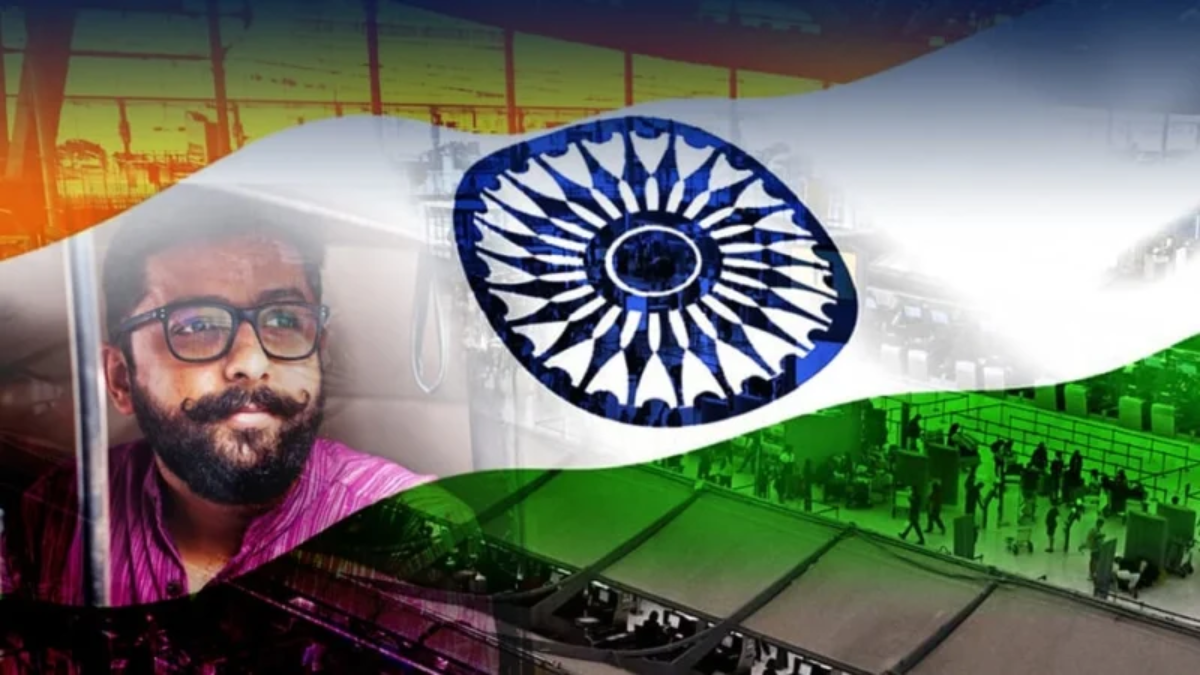Tourism leaders in Thailand are urging the government to consider a long-term visa-free travel agreement with India, citing the nation’s projected rise as the world’s third-largest economy by 2027. The temporary visa exemption for Indian travelers has yielded positive outcomes, prompting plans for a two-year extension beyond its May 10 expiration. The goal is to sustain the momentum of Indian tourist arrivals, which surged to 258,269 visitors by February 18, ranking fifth highest.
With India poised to overtake Germany in global economic rankings, Thailand sees an opportunity to attract more affluent Indian tourists. Advocates argue that a permanent visa-free policy would not only boost tourism but also enhance trade, prompting airlines to expand their flight offerings. India’s burgeoning market is characterized by its sizable young workforce and middle-income, well-educated demographic, known for their generous spending on travel, accommodations, and shopping.
Indian tourists, often traveling with family, are regarded as high-value customers for the hospitality sector, typically spending between 60,000-100,000 baht during a seven-day visit. Additionally, India presents lucrative prospects for hosting business conferences, incentive trips, and extravagant wedding ceremonies, potentially generating substantial revenue per event.
Efforts are underway to revitalize air travel between Thailand and India, focusing on expanding flight routes beyond the current six major Indian cities. There is particular emphasis on tapping into demand from India’s second-tier cities with significant spending power, such as Amritsar and Pune. Proposals also include bolstering charter flights to U-tapao and Chiang Mai airports, enhancing duty-free shopping experiences, and addressing the scarcity of Indian dining options in major Thai urban centers.
In destinations like Phuket, Indian tourists rank among the top five sources of arrivals, with January alone welcoming 25,524 visitors, a 15% increase compared to 2019 figures. This influx has positively impacted hotels of all sizes, allowing for higher room rates during peak seasons and projecting a robust occupancy rate of 90% in February, largely driven by the Indian market and long-haul travelers.



